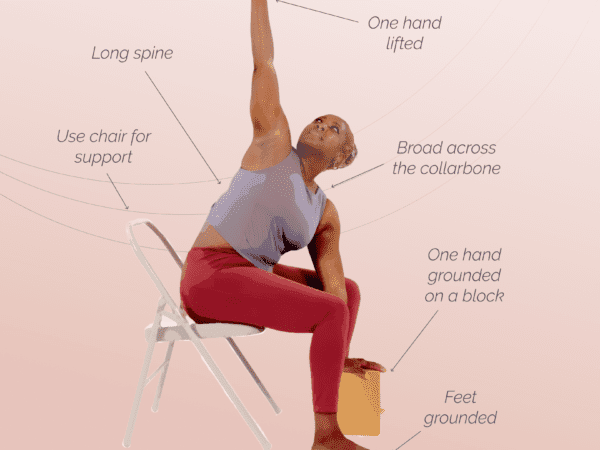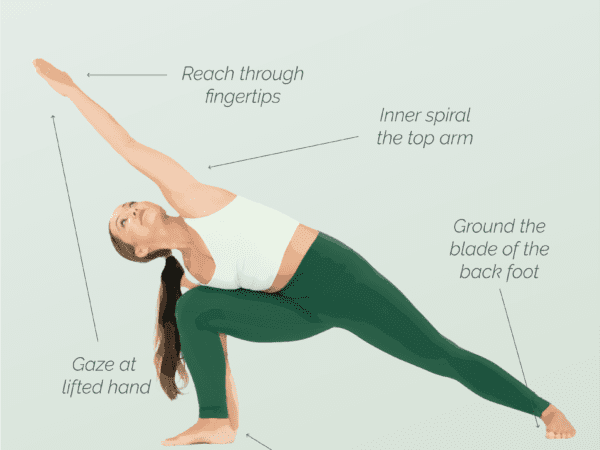Ustrasana or Camel Pose is a backbend from the Ashtanga yoga second series. This is a very therapeutic backbend that can help you create space between the vertebra, building strength and flexibility in the spine. When in this pose, you must try to find the balance between openness and steadiness.
Benefits of Camel Pose (Ustrasana)
Camel Pose is a powerful heart-opening backbend that stretches the front of the body and helps improve flexibility and posture. In addition to its physical benefits, it can also have a positive effect on emotional and mental well-being.
- Stretches the chest, abdomen, and thighs.
- Increases flexibility in the spine and shoulders.
- Improves posture by strengthening back muscles.
- Opens the chest, enhancing lung capacity and respiratory function.
- Stimulates the heart chakra, promoting emotional release and openness.
- Relieves stress and anxiety, boosting energy levels.
- Counters the effects of prolonged sitting by stretching hip flexors and quads.
Contraindications for Camel Pose
While Camel Pose can be highly beneficial, it may not be suitable for everyone. It’s important to approach this pose with caution, especially if you have pre-existing health conditions.
- Back injuries (e.g., herniated discs, spinal stenosis, or lower back pain).
- Neck issues (avoid dropping the head back).
- Heart problems or high/low blood pressure.
- Migraines or headaches (may worsen symptoms).
- Pregnancy (due to the pressure on the abdomen).
- Difficulty breathing or discomfort during the pose.
How to do Camel Pose
Let’s take a look at how to do this pose with a healthy technique.
Come to your knees with your knee joints at 90-degree angles. Your feet are pointed behind you, and your thighs are hip-width apart.
Inwardly rotate your thighs while pressing your knees into the ground.
Lift up through your pelvic floor and tighten your core.
Draw your energy up through the centerline and lift your spine out of your pelvis, creating space in your back.
Now take your hands on your iliac crests on the front of your pelvis.
Send your hips forward. Gently lift your chest and roll your shoulders down your back to prepare for the pose.
Now move your hands to the back of your hips and place your thumbs on your sacrum.
Squeeze your elbows together and inhale.
Press your hips forward with your hands and let your head fall back.
Try to keep your glutes relaxed and your thighs moving forward. If you feel any pinching in your spine, come out of the pose.
From here, you are ready to move deeper into the backbend for the full expression of the pose.
First, inhale and lift through the spine even more to create the space you need for the pose.
Exhale and dangle your arms back behind you. Let them hang loosely at first.
Now inhale, lift your spine further out of the pelvis and find your feet with your hands.
Let your cervical spine extend backward. Gaze at the tip of your nose. Keep your core strong, and be careful not to stick your belly out.
When you’re ready to come out of ustrasana, don’t collapse. Instead, use your strength to press into your knees and lift yourself back up. Follow this posture with child’s pose.
Watch Kino’s tutorial below for a better understanding of the pose.
Are you looking for more guidance on your yoga journey? Sign up for Omstars to get access to thousands of yoga classes in the comfort of your own home. Click here to start your subscription.









